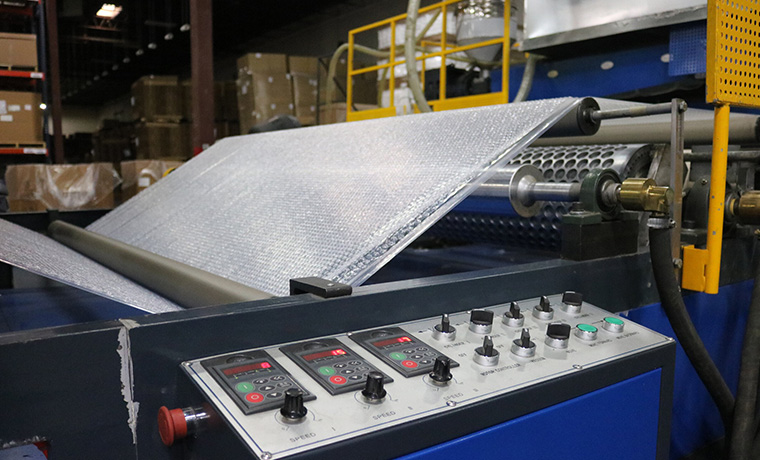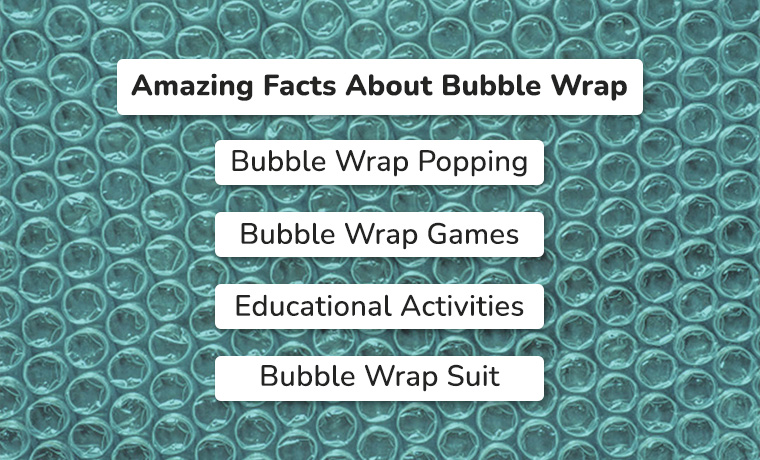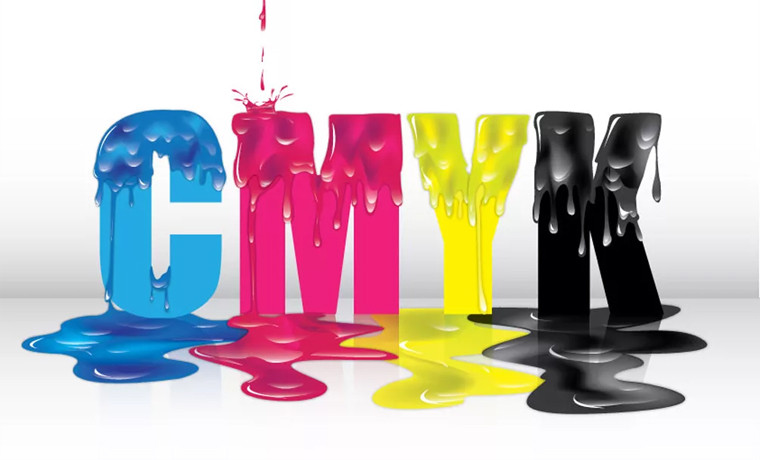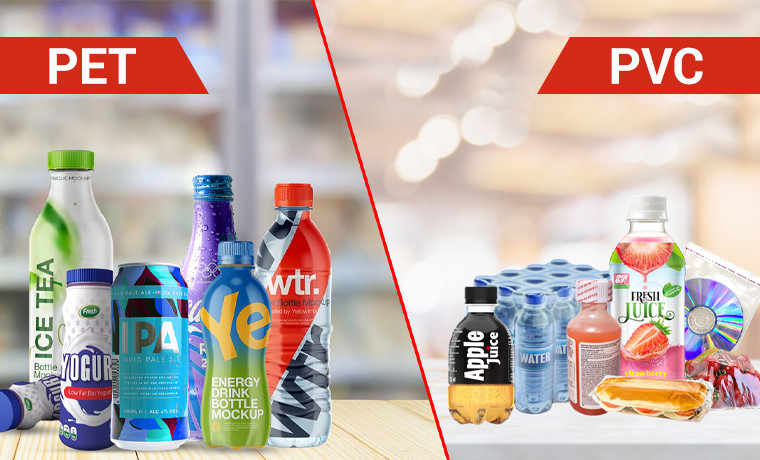Bubble Wrap Unwrapped: Its Origin, Uses, and Surprising Facts
September 05, 2025

What first comes to your mind when you need to move or ship your fragile items? You want safe shipping and secure arrival, right? You value your vulnerable items and are not ready to put them at risk before shipping, so you want the safe arrival you deserve. That’s right. That’s where uniquely structured packaging material, bubble wrap, comes in, ensuring unscratched and undamaged shipment of flimsy items.
This lightweight packing hero bubble wrap, in a unique cushioning design, is the game changer and can protect your breakable items from scratches, cracks, and breakage, while also saving storage space. This guide will walk you through the history of bubble wrap, its dimensions, and common uses. You will also learn intriguing facts that will take you packing worry away. Let’s get moving!
What is Bubble Wrap?
Bubble wrap is a weightless yet shielding packaging material made from plastic. It contains small and air-filled bubbles that offer protection to fragile objects. The air-filled bubbles in the bubble wrap plastic sheet are shock absorption and prevent damage to delicate items such as electronics, glass, and other valuable items during storage or shipping.
Protective Bubble Wraps Built to Absorb Impact
Created from plastic and having good insulation properties, bubble wrap is ideal for protecting fragile items during storage or transportation. It includes key features:
Lightweight and Transparent
Easy-to-handle and see-through bubble wrap allows users to identify items without unwrapping.
Shock Absorption
The air-filled bubbles cushion delicate items against impacts and reduce the risk of damage.
Flexible and Moldable
Easy to wrap around objects of different shapes and sizes, ensuring full coverage and protection.
Tear-Resistant
Durable enough to resist punctures and tearing under moderate pressure.
Moistureproof
Bubble wraps are not entirely waterproof, but they offer protection against moisture.
What are the Standard Dimensions of Bubble Wraps

Bubble wrap comes in various sizes, from small to large, catering to different needs. The most common sizes include:
- Standard: 3/16-inch thick
- Small: 1/8-inch thick
- Medium: 5/16-inch thick
- Large: 1/2-inch thick bubble
Standard-sized bubble wrap is good for carrying medium-weight products. The small size is ideal for protecting smaller items.
To fill voids, choose medium-sized bubble wrap that provides additional protection. If you are packing fragile or heavy-duty items, pick a large bubble wrap containing enough thickness to protect your goods.
Before choosing the right size of bubble wrap for your products, consider the thickness of the bubble wrap. It will help you decide what type of bubble is a good fit.
See the table below for a quick understanding.
| Bubble Wrap Type | Size | Best for |
| Standard | 3/16" | Medium-weight items, books, and kitchenware |
| Small | 1/8" | Light items, ornaments, and small electronics |
| Medium | 5/16" | Filling voids and delicate items |
| Large | 1/2" | Heavy items, glass, mirrors, appliances |
The Backstory of Bubble Wrap with Its Historical Origin
Bubble originated from an interesting story in 1957 in Hawthorn, New Jersey. Two engineers named Alfred Fielding and Marc Chavannes intended to create three-dimensional textured paper. They failed, but their failure led to invent bubble wrap when they marketed it as greenhouse insulation.
1960: The Rise of Bubble Wrap
The cushioning properties of bubble wrap inspired Sealed Air Corporation, and in 1960, they took charge of its marketing. IBM - a global company in computing and technology, started to ship its computers using this protective bubble wrap. This was the turning point when its popularity began to reach new heights.
Read More: Why a Bubble Mailer is the Best Choice for Fragile Items
How Bubble Wrap is Created? Step by Step Guide

Which way does bubble wrap go? Do you know how they are made? Don’t worry. It is easy. Here are the following steps to create bubble wrap packaging.
- The bubble wrap manufacturing process starts with polyethylene resin in the form of beads. They are fed into an extruder and turn into a thin plastic sheet.
- Heat or air pressure between two plastic layers is applied to melt resin into a liquid to form bubbles.
- Once the sheet is cooled, it is cut into different sizes.
- Finally, it is checked for its quality and thickness and then packaged.
Bubble Wrap In Different Colors
Usually, the standard bubble wrap is transparent. However, they are available in various colors, such as pink, green, blue, and many others, offering protection to your fragile items.
- Pink: Gives a playful touch to your presents.
- Green: Adds sophistication and vibrancy to your packaging.
- Blue: Visually appealing to wrap gifts or decorative items
Is Bubble Wrap Recyclable?
Bubble wrap can be recycled with other plastic films like grocery or food bags. Most curbside recycling programs do not accept bubble wrap. Check with your local municipality if they accept bubble wrap for recycling.
Where To Buy Bubble Wrap?
You can easily buy it from reputable bubble wrap producers like Sealed Air Corporation or by ordering staples bubble wrap in different sizes and rolls from online retailers like Amazon or eBay.
What are Bubble Mailers?

Bubble mailers are padded mailers or bubble envelopes made from kraft paper with polyethylene bubble-lined padding inside. Having a self-sealing, tamper-evident closure, this flexible bubble wrap requires no adhesive tape.
Its smoother interior allows you to place your items comfortably and offers protective cushioning against vibrations, ensuring safe delivery.
How is Bubble Wrap Insulation Done?
It is a thermal insulation method in which you use bubble wrap’s air-filled bubbles between one or two layers of plastic sheets to reduce heat transfer in your place (either home or office).
You can easily insulate your windows, doors, and other areas to enhance energy efficiency and keep your area warmer or cooler. It is easy to install in your home or office as it is lightweight and offers extra protection against temperature fluctuations.
Interesting Facts About Bubble Wrap You Should Know

How to use bubble wrap practically? Leaving its primary barrier purpose, it can be used in various fun and creative activities.
1. Bubble Wrap Popping
The best thing about bubble wrap is its satisfying “pop” sound, which is good for relaxation and fun. Therefore, it is considered a stress reliever or stress relief toy.
2. Bubble Wrap Games
For your children at home, you can create a small bubble wrap floor as a fun and noisy game. It will allow little champs to create little noise and enjoy.
3. Educational Activities
Bubble wrap can teach little children about air pressure like what happens when and how it is applied.
4. Bubble Wrap Suit
A costume made from bubble wrap is specially designed for fun and ideal for themed events.
Wrapping Things Up
To conclude, bubble wrap is an essential packing material that ensures the safe shipment of your goods. Its uses define how it is beneficial to protect your products during transit. Plus, they are available in different types catering to various needs. Plus, it is recyclable and plays a role in sustainability. If you need shipping boxes to pack your products, ensuring protection during shipment, head over to Custom Product Packaging, the top-notch custom packaging supplier offering cost-efficient solutions with free shipping and delivery all across the USA and Canada. Don’t hesitate to drop us an email at orders@customproductpackaging.com.





